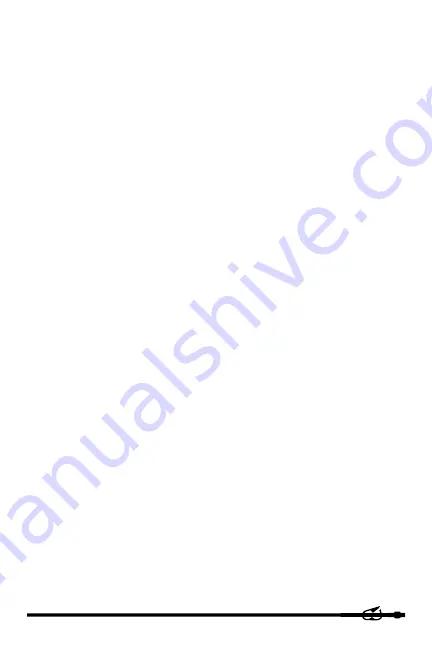
Bard Access Systems, Inc.
25
7. Pick up the new cap only by the top and remove the sterile tip
protector. Attach the new cap by firmly screwing it onto the catheter
connector.
8. Cut a 5 cm piece of tape and make tabs on each end by folding back
1 cm. Apply the sticky part of the tape around the connection of the
cap and catheter and fasten securely. Press ends of the tape together.
The tabs on the end of the tape will enable you to remove it very
easily.
9. Follow the directions your doctor or nurse has given you regarding
whether to leave the clamp in place.
















